Hello everyone, I am Qian Weide. Today I want to share with you a CPU I recently picked up for 650 yuan – the Intel Xeon D-1581. Since it comes in a BGA package, what I got is actually a board-level unit.
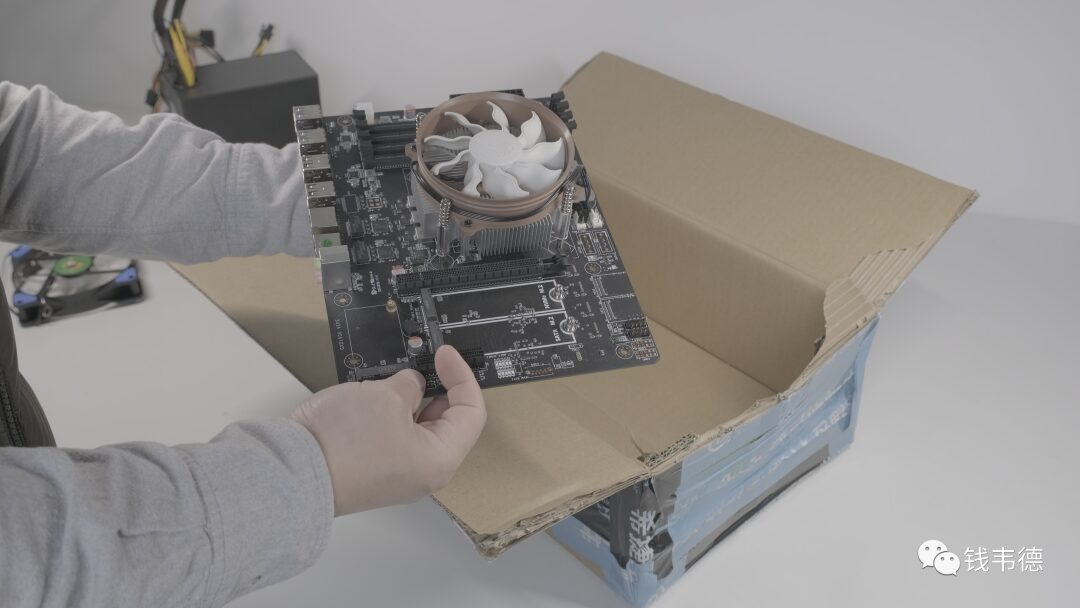
Because I bought it second-hand on Xianyu, the seller actually sent me a complete machine. In the end, due to the long distance and high shipping costs, I didn’t take the case. So for 650 yuan, I got the motherboard, CPU, cooler, power supply, and case fan, which means the board-level unit alone cost around 500 yuan.

Like the last 666 motherboard, as a newbie in the hardware community, I couldn’t resist the impulse to buy it, thinking I could write an article about it and sell it later without losing money. Yes, the psychological justification for shopping is always on point.
Let’s take a look at this CPU. The D-1581 belongs to Intel’s Xeon D series, primarily used in microservers and embedded devices, such as enterprise-grade soft routers and switches.
Released in 2016, it uses the Broadwell architecture, the same as familiar models like the E5 V4 and i7 5775C. It features 16 cores and 32 threads, which means it can provide you with 32 boxes of joy. The base frequency is 1.8G-2.4G, which is also why it’s not suitable for gaming; aside from the IPC of the architecture being subpar, the low base frequency and poor single-core performance are major factors.
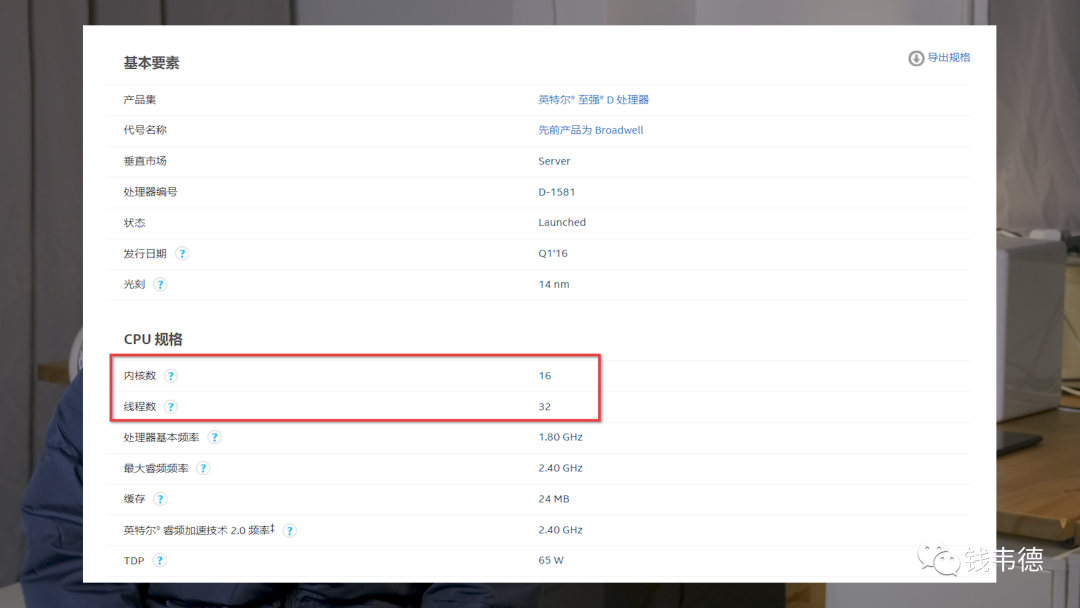
TDP is 65 watts. From my tests, it idles at around 10 watts, and under FPU stress testing, it hits 65 watts, which is rare for Intel not to overstate the power consumption.
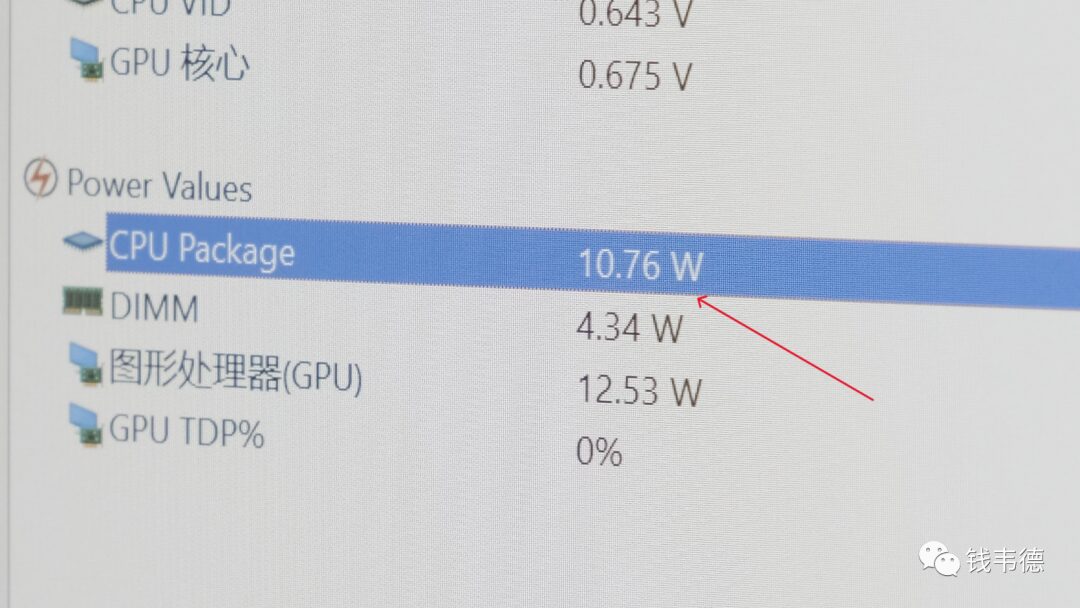
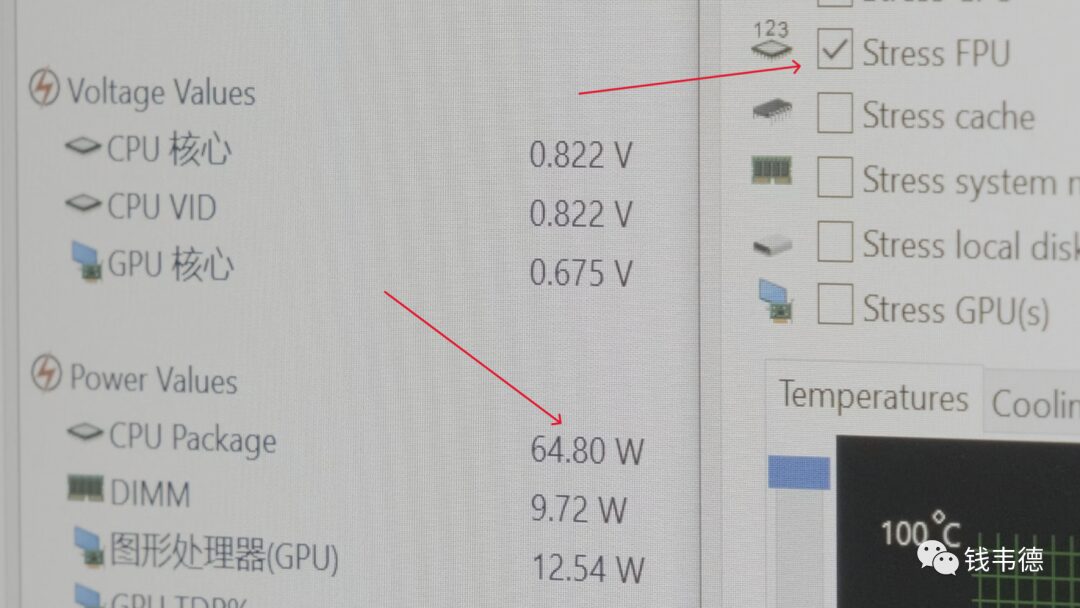
It supports DDR3 and DDR4 memory, and both pure ECC and REG ECC can be used. I directly bought a 16G RECC DDR4 memory stick for 195 yuan.
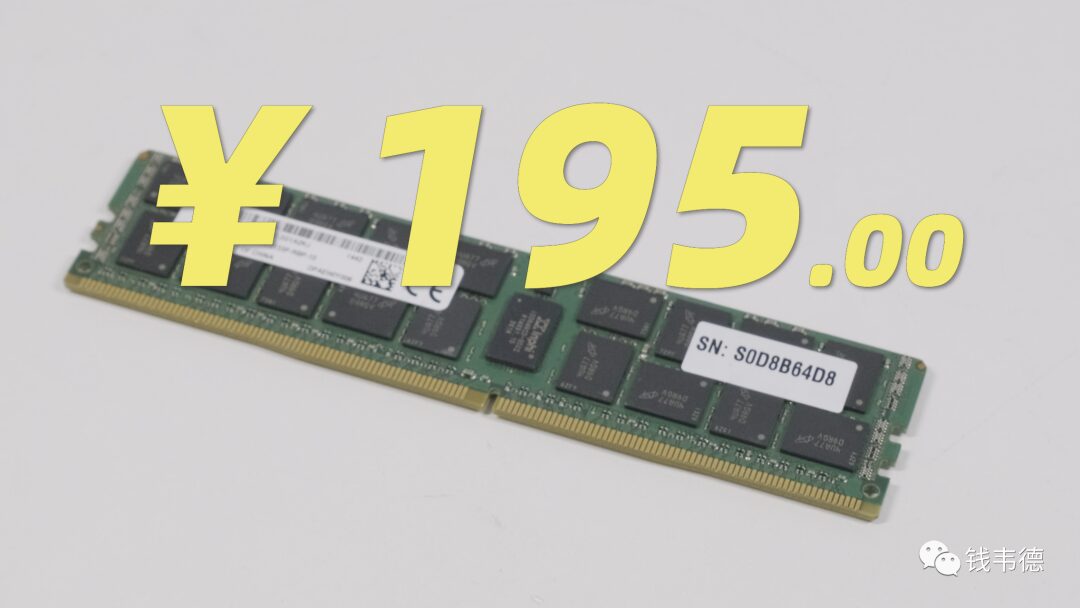
At this point, NAS enthusiasts and soft router fans are probably starting to smell something good, right? As a Xeon CPU, it supports virtualization with VT-d and the AES instruction set for encryption. As for other configurations, it depends on whether the motherboard is equipped with them.
Having looked at the CPU, let’s check out this motherboard. My motherboard is quite basic, which is one reason the board-level unit only cost 500 yuan.
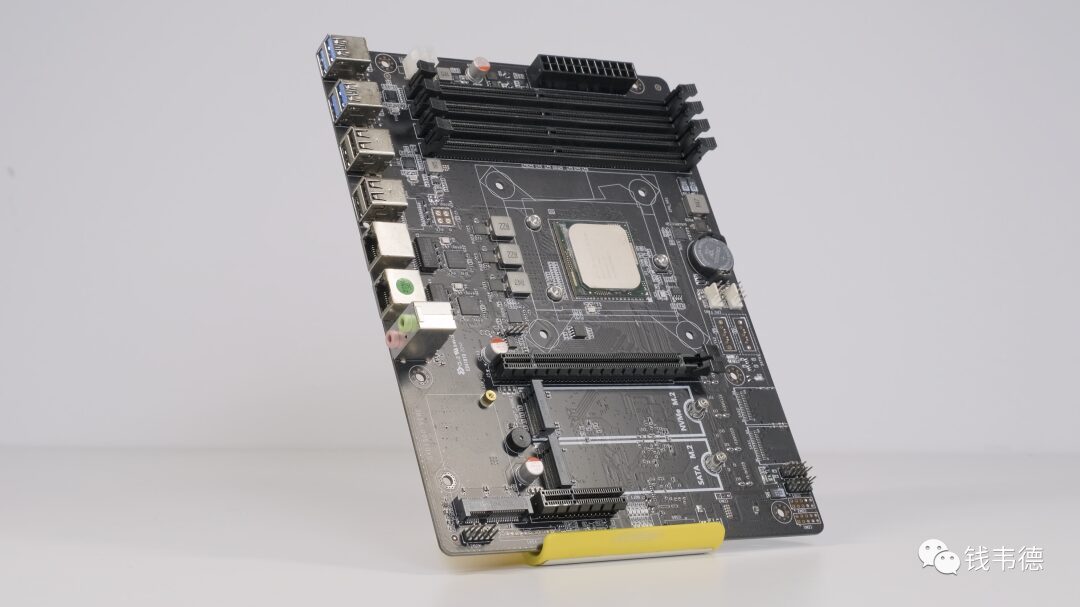
The motherboard is MATX form factor, with simple interfaces. From top to bottom, there are two fan headers, one for the CPU fan and one for the case fan. You can daisy-chain fans, so having fewer isn’t a big issue.
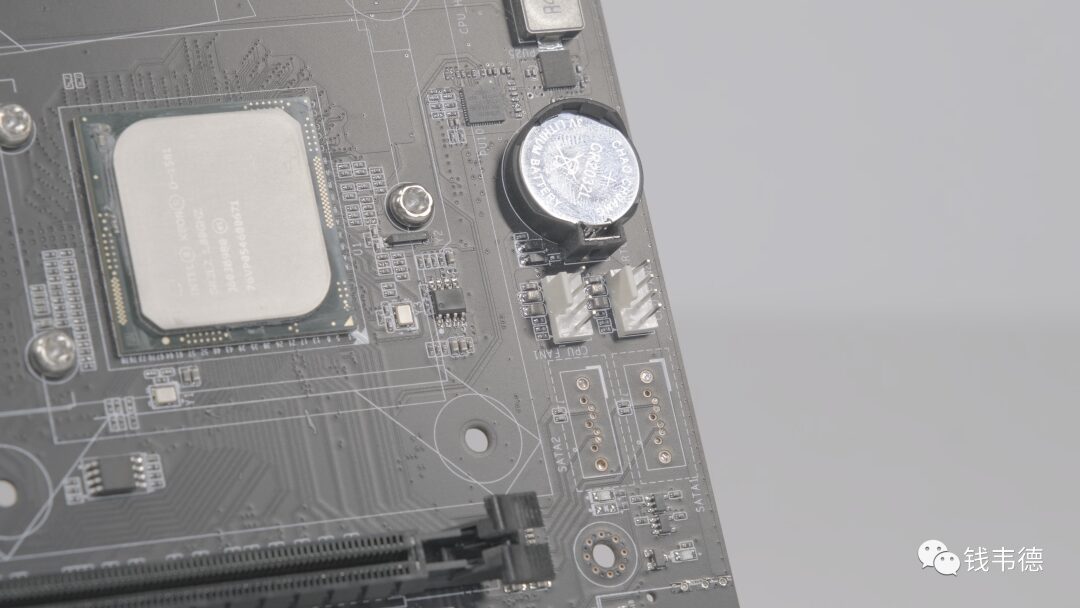
There is one MSATA slot, one M2 NVMe slot supporting PCIe 3.0×4, and one M2 SATA slot, which can be used simultaneously with the MSATA.
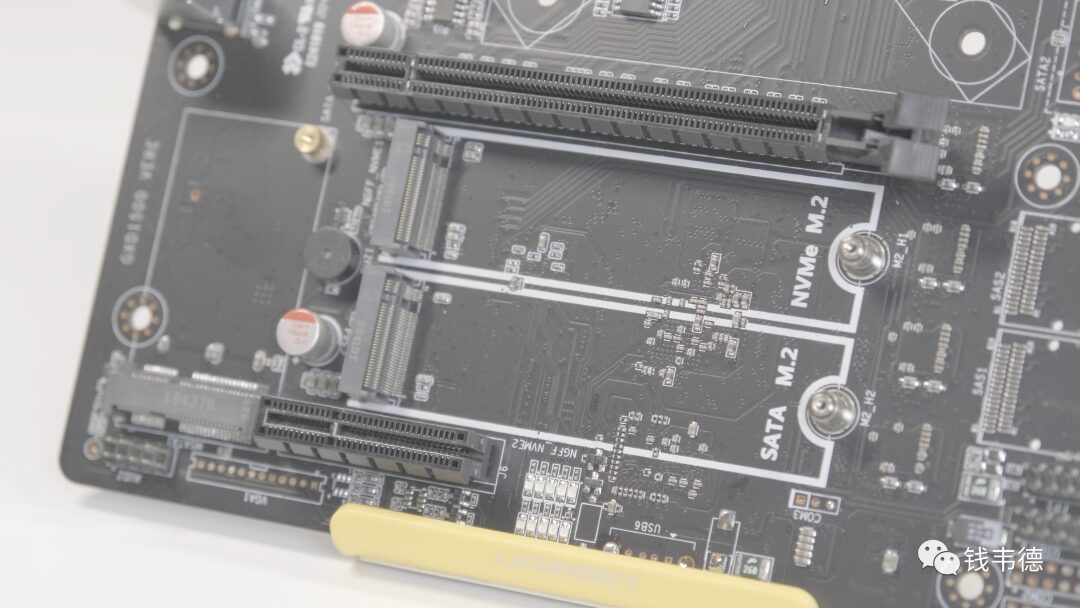
There are only two PCIe slots: the first is PCIe 3.0×16, and the second is ×4. The number of PCIe slots is just enough for regular PC use or NAS servers. For a regular PC, you can use a graphics card and a network card, while for NAS, you can install an HBA array card and a network card. Yes, this motherboard has no SATA ports at all; for NAS use, you must use an array card.
The motherboard’s IO interfaces include 4 USB 3.0 and 4 USB 2.0 ports, two Gigabit Ethernet ports with an Intel i210 chip, and finally audio input and output ports. Yes, there are no video output ports because this CPU lacks integrated graphics unless it has integrated functions like IPMI; otherwise, there are usually no video output ports.
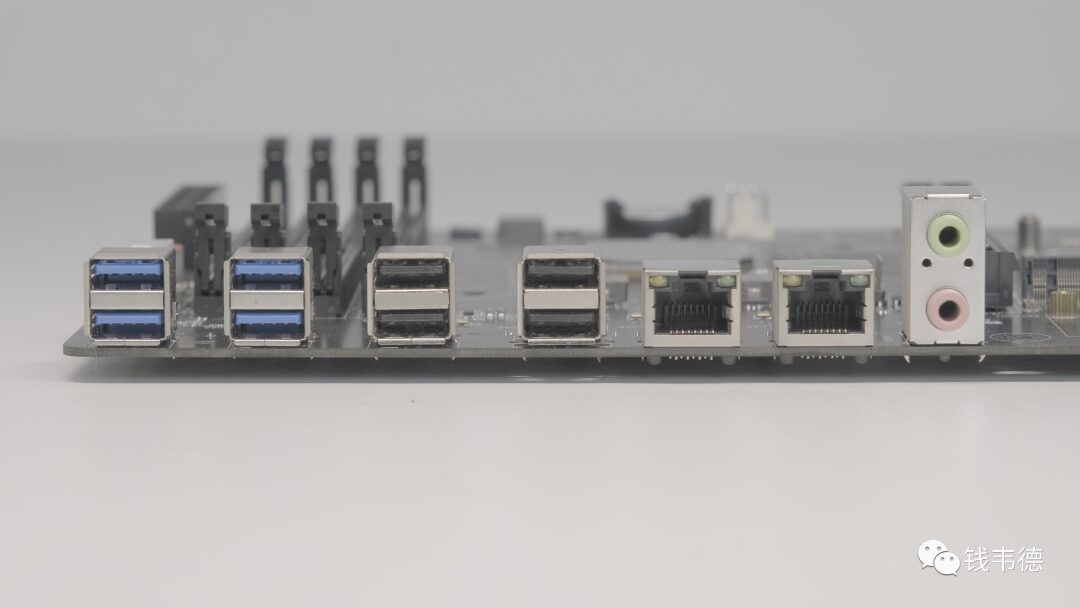
Finally, it’s important to note that since the D-1581 is currently considered e-waste, there is a high probability that the motherboard you receive will have a very different configuration from mine. What I’ve said may not be very useful; it really depends on what you actually receive.
Having looked at the board-level unit information, we begin the testing phase.
Before testing gaming performance, I should clarify that this CPU is not suitable for gaming due to its low base frequency. However, since this CPU is now cheap and there aren’t many tests available online, I wanted to see its performance and gaming capabilities, so I tested two games and ran two benchmark scores for reference.
First, let’s look at theoretical performance. In Cinebench R20, the D-1581 scored 203 in single-core and 3777 in multi-core, while my gaming rig with a 10700K overclocked to 5GHz scored 514 and 5160, respectively.
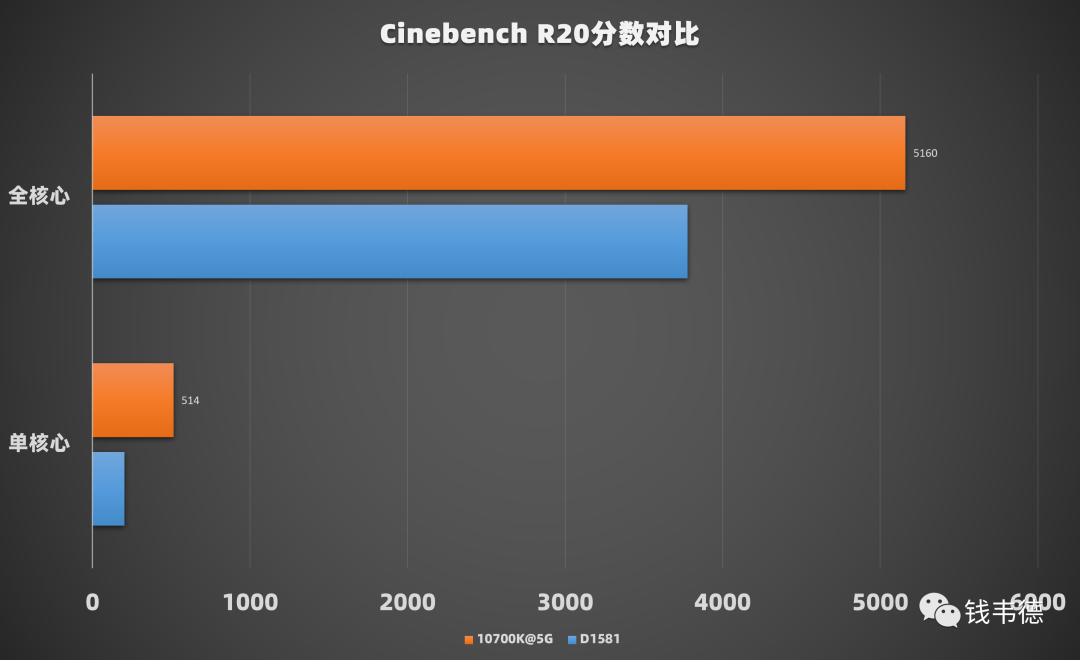
Next, looking at the scores from the latest version of AIDA64, the D-1581 and 10700K scored 380,000 and 570,000, respectively. In summary, the D-1581’s single-core score is about 40% of the overclocked 10700K, while the multi-core score is about 75% of the 10700K.
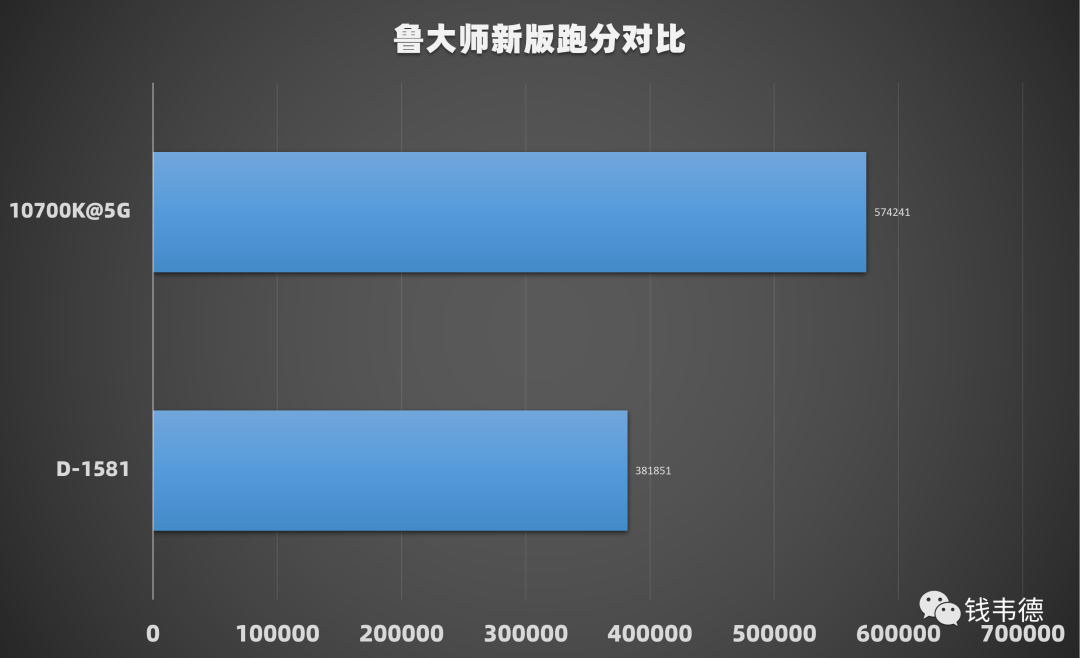
In terms of theoretical performance, that’s how it is. Now let’s look at the test results for CS:GO and Shadow of the Tomb Raider. The reason I chose these two games is that CS:GO is more CPU-intensive, while Tomb Raider is a well-optimized title, representing how CPU performance affects different games. The graphics card used was a 2060 Super, and the memory was 16GB in dual-channel mode.
The test results are in; first, let’s look at the 2K resolution. In CS:GO with all default settings, the D-1581 achieved 191 FPS, while the 10700K hit 338 FPS. The D-1581 performs at about 56% of the 10700K’s performance. In Shadow of the Tomb Raider, also under all default settings, the D-1581 achieved 97 FPS, while the 10700K reached 103 FPS, which is very close.
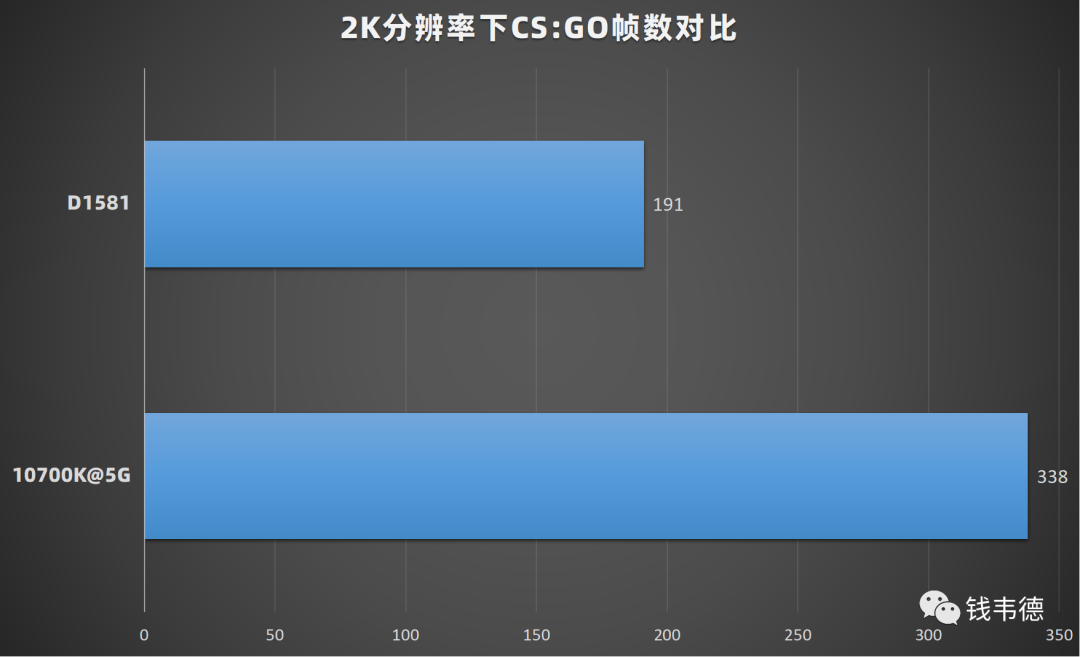
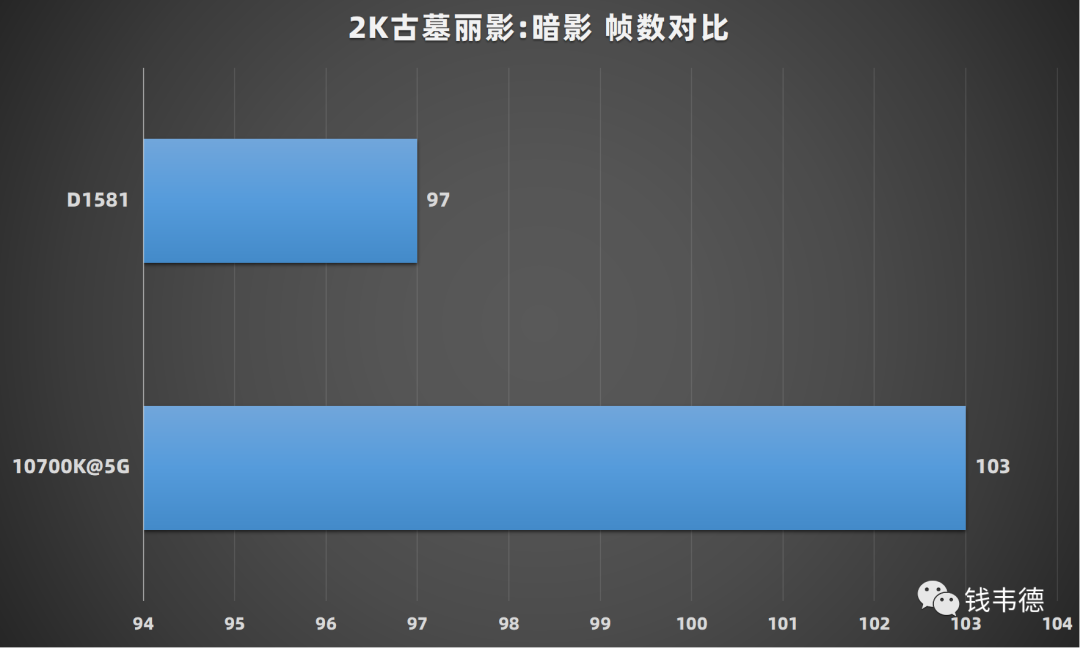
Now let’s look at the performance under 1080P resolution, which is more demanding for the CPU. In CS:GO with all default settings, the D-1581 achieved 221 FPS, while the 10700K reached 421 FPS. The D-1581 performs at about 52% of the 10700K’s performance, down slightly from 2K. In Shadow of the Tomb Raider, under all default settings, the D-1581 achieved 101 FPS, while the 10700K scored 139 FPS, with the gap widening; the D-1581 is equivalent to 72% of the 10700K’s performance.
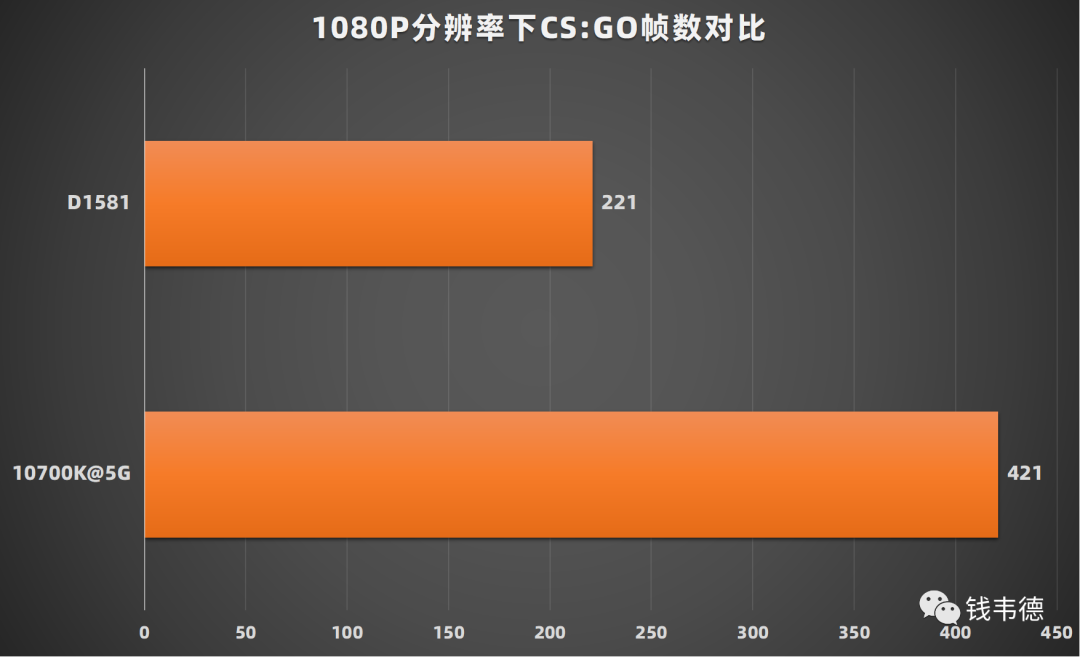
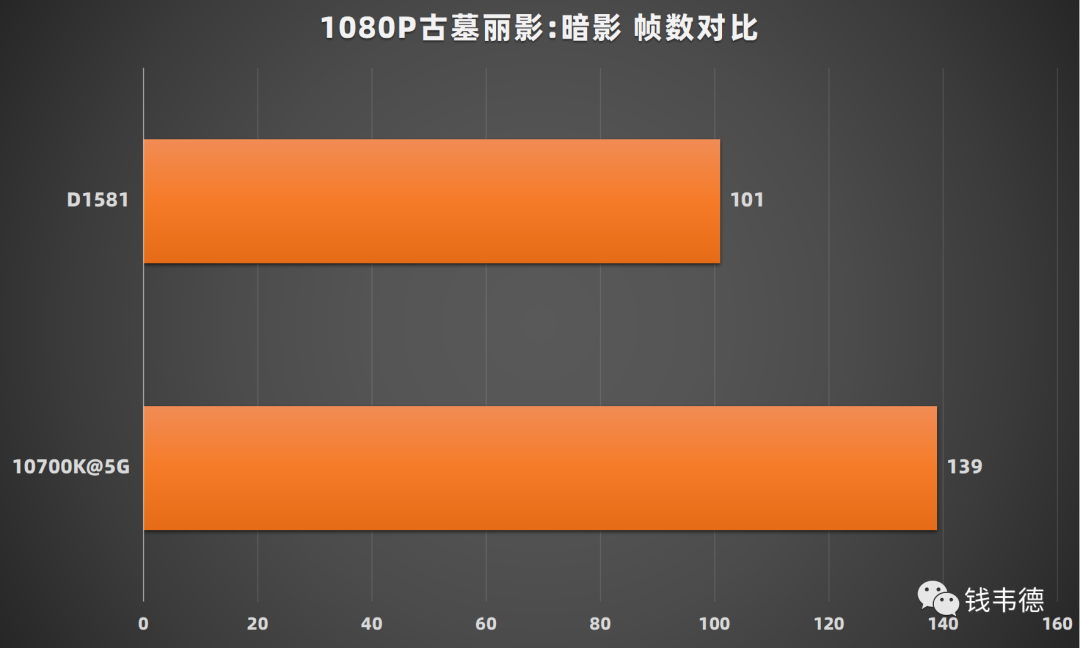
Alright, the tests are done. What do you think? Next, let’s return to my old routine and play around with it under Unraid.
Many people have questions about CPUs without integrated graphics: Can they be used without a graphics card? The answer is: it depends on the motherboard. Most motherboards can boot into the system without a graphics card, but some will throw an error. My motherboard can boot without a graphics card. The prerequisite for this operation is to set up the BIOS correctly, especially the boot options, so you won’t need a graphics card in the future.
Since I have booted into the system, the integrated graphics only remain useful for one thing: decoding and transcoding video. So can we leverage all these cores for software decoding? Let’s just do it: I installed Jellyfin and imported a 35GB 4K H265 encoded movie file, playing it directly through the Jellyfin web interface.

CPU usage was around 40%, and when transcoding to 1080P for playback, CPU usage dropped to 30%. It can be said to handle video decoding and transcoding with ease.
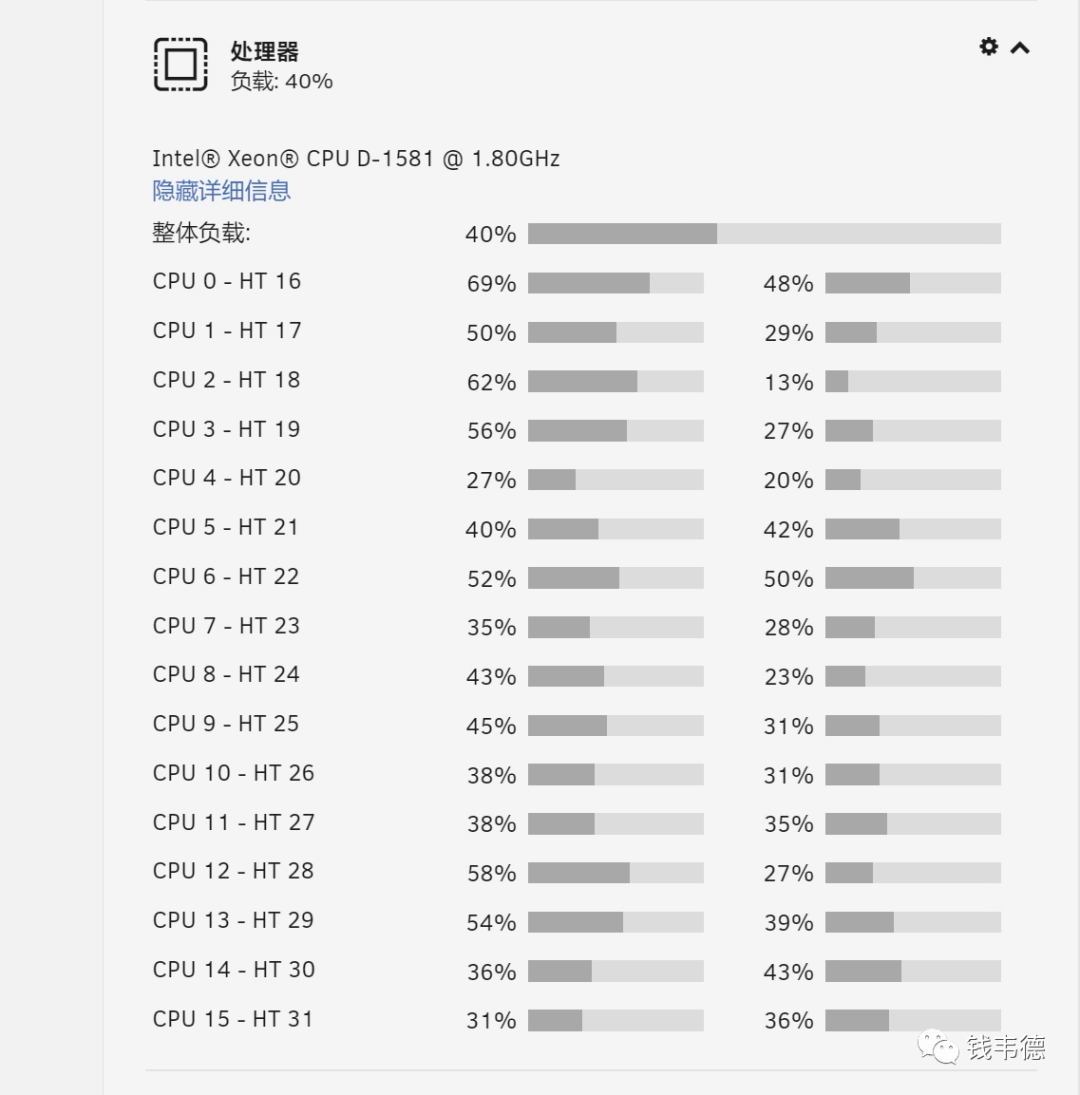

The advantage of having many cores is, of course, virtualization. You can virtualize many systems, run mobile games, Douyin, and perform various operations. Even if you don’t need so many virtual machines, running a Windows VM for downloads is a good choice. The performance overhead of virtual machines under Unraid is really low, combined with this low-power D-1581 and plenty of cheap REG ECC memory, there are many possibilities.
Alright, that’s it for this episode. If you found it helpful, don’t forget to like and support me. Thank you for your support! See you next time!